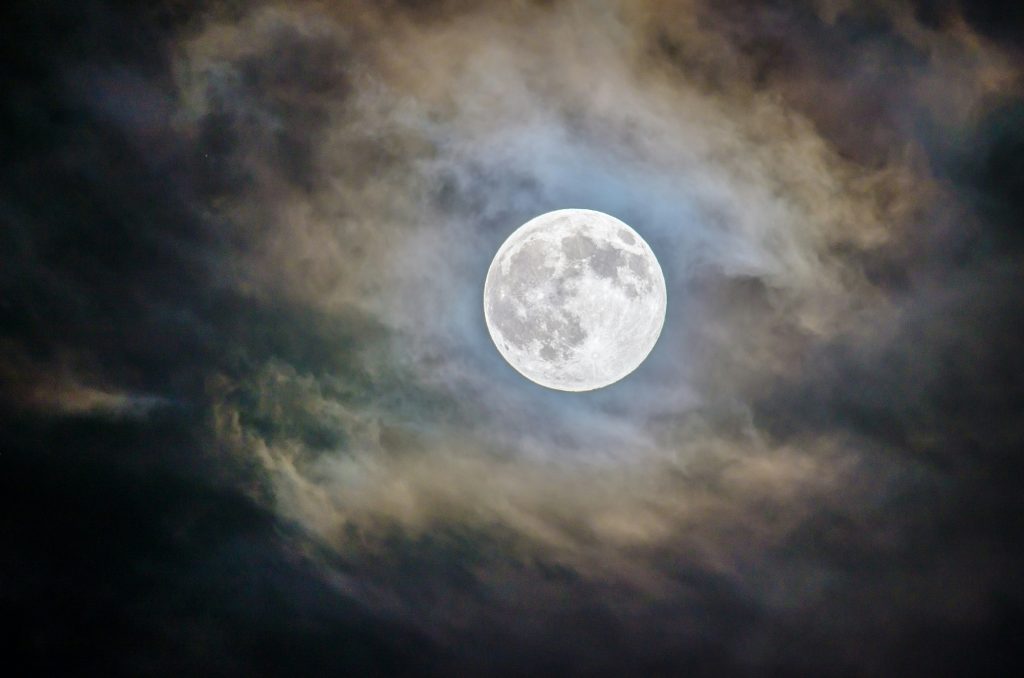Uncategorized
Spooky Season meets Self Care
Halloween is that magical time of year filled with spooky decorations, creative costumes, and of course, all the treats!
But beyond the surface, Halloween has a rich history with some fascinating traditions and connections to wellness.
Halloween’s roots in wellness
The origins of Halloween go back to the ancient Celtic festival Samhain, celebrated at the end of the harvest.
The Celts believed this time marked the transition into winter, a period for reflection and mental preparation for the darker months.
Much like today’s wellness journeys, Samhain was about cleansing and preparing for the future – reminding us to embrace the changing seasons, both in nature and in our personal lives.
Pumpkins: more than just decoration
We all know pumpkins are synonymous with Halloween, but did you know they’re also packed with health benefits?
Pumpkins are full of vitamins A and C, fibre, and antioxidants that can help boost your immune system and keep your skin glowing. Pumpkin-infused face masks or scrubs are great natural options to nourish the skin.
Halloween’s hidden romantic history
In the 19th century, some Halloween traditions weren’t just about scares – they were about romance!
In Scotland, women used to throw apple peels over their shoulders, hoping the peel would land in the shape of their future husband’s initials.
Others would gaze into mirrors by candlelight, believing they might catch a glimpse of their future spouse.
Jack-o’-Lanterns were once turnips
Before pumpkins took centre stage, the original Jack-o’-lanterns were carved out of turnips in Ireland.
When Irish immigrants brought the tradition to America, they found pumpkins were more plentiful and much easier to carve.
This evolution is a reminder that, like in health and fitness, we adapt and make the most of the resources around us.
Trick-or-Treating’s soulful origins
The custom of trick-or-treating actually comes from the medieval practice of “souling,” where people would go door to door offering prayers for the deceased in exchange for small cakes called “soul cakes.”
This tradition highlights the spirit of giving and community – core elements of both Halloween and wellness.
Sharing and connecting with others is a vital part of staying balanced, whether through movement, conversation, or acts of kindness.
Bats: more helpful than spooky
Bats may seem spooky, but they’ve been linked to Halloween for centuries because they were attracted to the Samhain bonfires.
Beyond their Halloween associations, bats are crucial to keeping insect populations under control.
It’s a reminder that nature has its balance, much like our bodies.
The symbolism behind Halloween’s colours
Ever wonder why orange and black are the traditional Halloween colours?
Orange represents the warmth and energy of autumn, while black symbolises the darker days ahead as winter approaches.
These contrasting colours can remind us of the balance we need in our own lives – embracing both the activity and rest that support overall wellness.
The change of seasons is a great time to reflect on how we’re balancing work, play, and self-care.
The benefits of a good scare
Why do we enjoy the thrill of Halloween scares so much?
Watching a scary movie or going through a haunted house triggers an adrenaline rush, which can boost energy and focus.
Similar to the effects of a good workout, this short-term spike in adrenaline can help release stress and leave you feeling more energised afterwards.
Halloween rituals for wellness
Halloween has strong ties to rituals and reflection, especially from its Samhain roots.
This makes it a perfect time for personal wellness rituals, like setting intentions for the months ahead or reflecting on what you want to leave behind.
Whether it’s through keeping a journal, a calming Pilates routine, or even holistic facial massage, creating a Halloween ritual can be a wonderful way to recharge as we head into winter.
Candy corn was once called “Chicken Feed”
Here’s a lighthearted fun fact: when candy corn was first created in the 1880’s, it was originally called “Chicken Feed” due to its resemblance to corn used for livestock.
It’s a gentle reminder that indulging in a few Halloween treats can be part of a balanced lifestyle. The key is moderation – enjoy the sweet treats without the guilt!
Halloween is so much more than just costumes and sweets – t’s filled with history, tradition, and even some wellness gems!
Sam ‘off to polish the broomstick’ Hobbs



